Part 1: Prison life at Parramatta Gaol
IT WAS once Australia’s toughest prison, a dumping ground for people who got life sentences for paedophilia, brutal murders and rape. Life was never meant to be easy for the inmates of notorious Parramatta Jail. Here is a chilling look inside.

Parramatta
Don't miss out on the headlines from Parramatta . Followed categories will be added to My News.
IT WAS once Australia’s toughest prison, a dumping ground for people who raped and murdered. Life was never meant to be easy for the inmates of notorious Parramatta jail.
It was built between 1835 and 1842 and it was, until its closure in 2011, Australia’s oldest serving jail.
The state heritage-listed complex, where prisoners lived across six wings, was owned by the Department of Corrective Services including a 10 hectare parcel of land surrounding it including the prison, linen service and Merinda periodic centre.



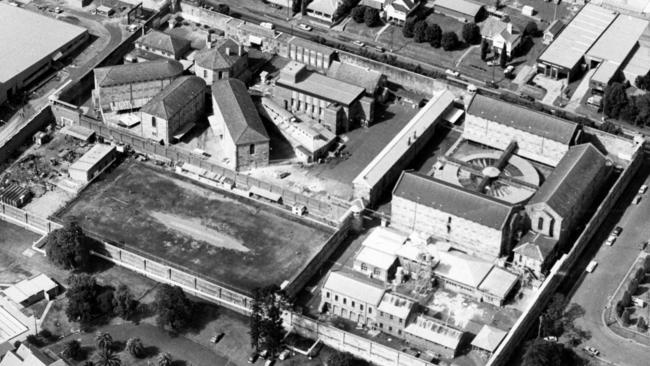
When the jail opened its gates in 1842, it was one of a number of facilities in the vicinity including the asylum, female factory and orphan school.
They shared a drainage system which discharged sewage into the river.
It was upstream to where most lived and worked. The poor conditions were highlighted in 1892 when prisoner James Charlesworth died in the hospital of the jail from an attack of typhoid fever.
Charlesworth was convicted for receiving stolen cattle in Walgett and was sent to Parramatta on March 20, 1891 to serve four years.
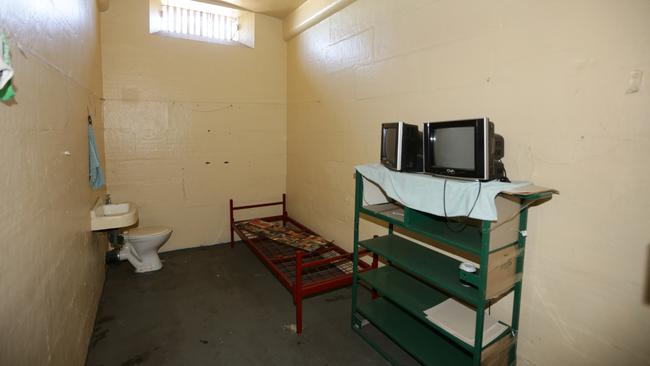
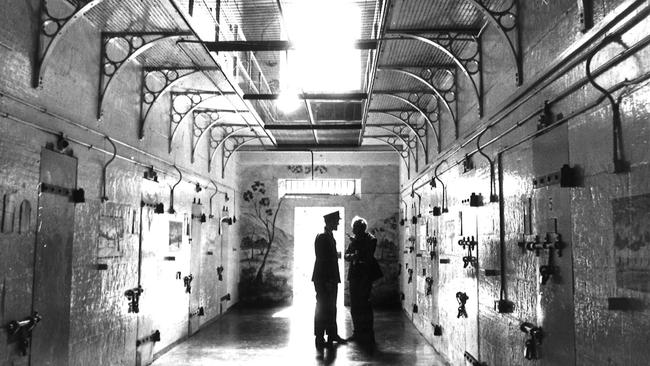
He was admitted to hospital on February 11, 1892 and died eight days later.
District Coroner JE Bowden’s inquest found the prisoner had died from typhoid fever caused by poor sanitary conditions by the drain in “number two yard”.
He had been kept in this yard with 40 other prisoners and two previous cases of typhoid had occurred there.
The doctor, who had called for a stench trap to be installed, attributed the outbreak to the drain.
His plea was ignored. Fast forward 80 years and the drain was still a problem at the jail. It was not fixed until 1974 when the last cells were connected to sewage pipes at a cost of $105,000.


The jail was designed to house habitual criminals with long sentences to be trained for work.
By 1929 it was the state’s main manufacturing jail, producing boots, brushes, tinware, clothes, joinery and food.
The linen service, a large auditorium and an extension to the 1846 gatehouse were built in the 1970s to add to the work inmates could do.
The age of inmates varied but in 1974 prison census, 53.7 per cent were aged 26 to 34 and 32.4 per cent were under the age of 26.

Notorious prisoners to live behind Parramatta’s bars included escape artist and bank robber Darcy Dugan, New Zealand politician William Henry Eyes, stand over man John Frederick ‘Chow’ Hayes, murderer, rapist and drug dealer Neddy Smith, illegal casino operator George Freeman, rapist and murderer Len Lawson and playwright Jim McNeil.
Prisoners could earn between $12 and $32 a week back in 1980 and, collectively at the time, all the prisoners were earning $500,000.
There were 100 to 120 working in the linen service, 15 to 20 in the cookhouse, 10 to 20 in building maintenance, four to 14 in the tailor and bookshop, three to 12 in the boilerhouse, up to seven blacksmiths, six in ground maintenance, three to six in the printing workshop, three in the store and three auditorium sweepers as well as 18 wing sweepers, seven wing storemen and one looking after the garbage truck.

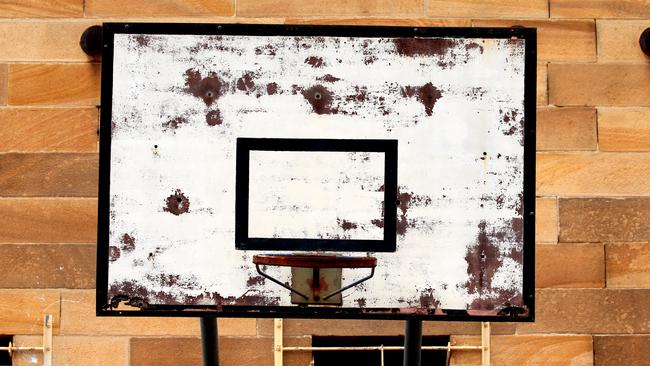
When they weren’t working they got involved in boxing, football, reading, debating, athletics, volleyball, cricket, yoga, music and creative writing as well as glass painting, copper craft, woodcraft, veneer inlay and oil and water painting.
Albert Productions, an Australian record label recorded Canned Rock at the jail in 1979 from three concerts held inside on August 5 and 12 and September 9. All the proceeds went to the International Year of the Child fund.
Bands included The Reels, Dallimore, Kevin Borich Express, Machine, Rose Tattoo and Feather.
By the 1990s, reception, administration and visitors’ buildings better matched the sandstone structure.
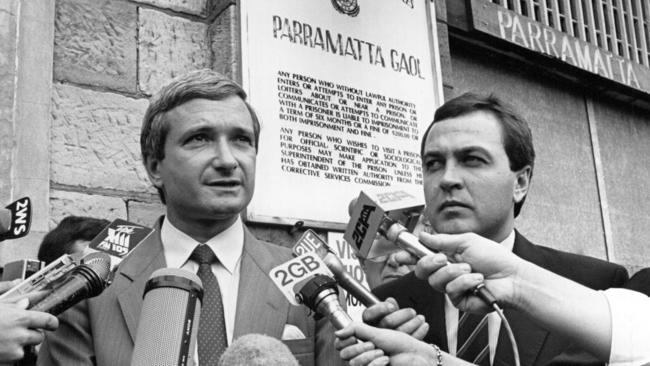

By 2008 the site was classified as a medium-security, short-term remand centre, transient centre and metropolitan periodic detention centre.
It housed unsentenced and sentenced male inmates including drug court sanctions and detainees.
The centre closed in 2012.
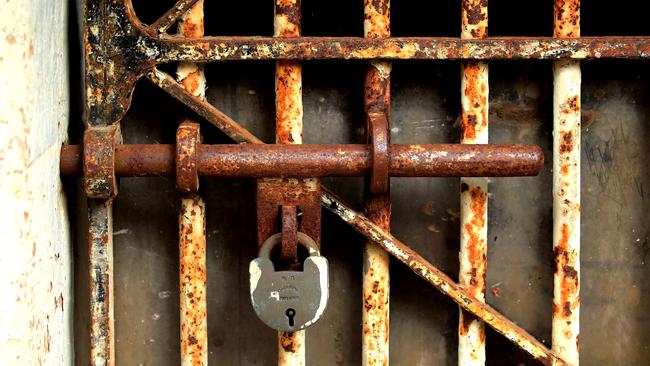
TIMELINE
1796: First jail built in Parramatta on the north bank of the river near the south boundary of the present Prince Alfred Park
1799: Jail damaged by fire. Several convicts injured and at least one died
1807: Jail was badly damaged by fire on December 21
1835: Planning begins for new jail construction
1836: Work starts on a perimeter wall
1842: Prisoners transferred on January 15
1850s: Jail area doubled, workshop and a cookhouse built
1883 to 1889: Three cell wings built mostly using prison labour
1897: 364 men and eight women inmates
1899: Electricity installed, sixth wing completed
1929: Jail becomes state’s main manufacturer, producing boots, brushes, tinware, clothes, joinery and food
1970: Linen service and auditorium built
1990: Administration and visitors’ buildings better match the original sandstone structure
2012: Jail closed
